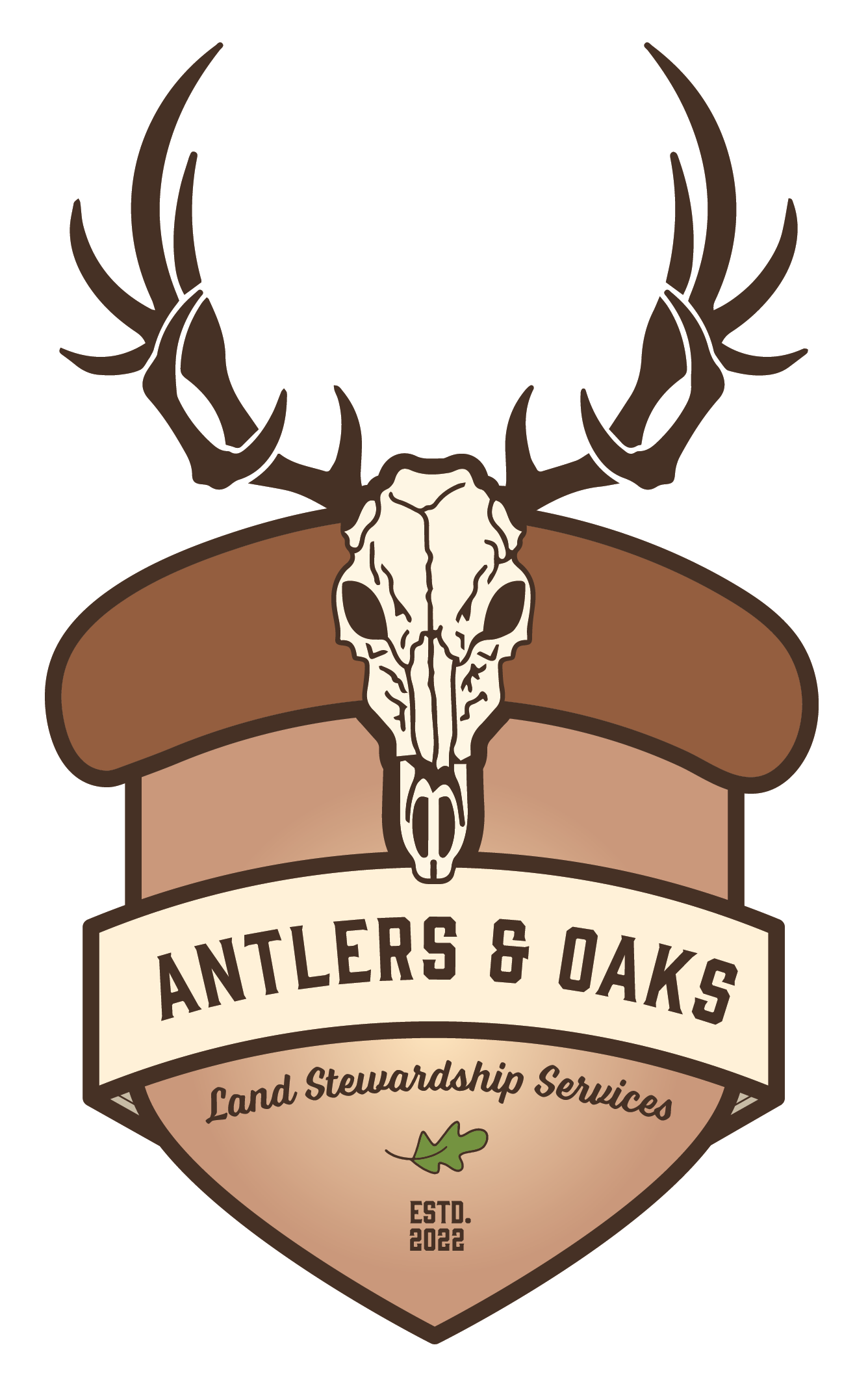White-tailed Deer Habitat: September Management Practices
While some folks are trying to beat the heat of these August dog days of summer, other folks are longing for the crisp, clean, and cooler temps of autumn. This is especially true for us who enjoy autumn days sitting in our favorite deer stand with bow and arrow in hand.
Between now and through September, hunters can enjoy conducting deer habitat management practices that are best done during this time frame:
● Planting food plots: While the availability of food, in general, is not the limiting factor in white-tailed deer habitat, the quality, and seasonal availability is often the issue. Food plots can provide supplemental food sources for deer, especially during times of stress, such as late summer to early fall and mid-to-late winter. Green-browse food plots can be planted with a variety of crops, such as clover, alfalfa, wheat, oats, rye, and brassicas (e.g. turnips). Legume plantings such as clover and lespedeza are excellent for improving the nutrients in a does milk. This is a critical need for does nursing their fawns at a time they need to grow as fast as possible. For the same reasons, clover and lespedeza are often inter-seeded into cool-season pastures for cow/calf pairs. When landowners have shared goals for cattle grazing as well as a healthy deer herd, inter-seeding hayfields and pastures is a great example of integrating agriculture and wildlife management.
Grain food plots such as soybeans (another legume), milo, and corn can also be planted for food availability in winter. These can be utilized during years of poor acorn production in oak woodlands, or in lands that are lacking in oak woodlands within the local deer population’s range.
Food plots should be located near cover, water, and travel corridors, and should be at least 1/4 acre in size. Food plots should be planted according to the soil type, fertility, and pH and maintained with proper fertilization, weed control, and mowing.
● Strip disking for forbs: Strip disking is a technique that involves using a disk harrow to disturb the soil and create bare ground. This stimulates the growth of desirable forbs (broad-leaved non-woody plants), such as sunflowers, croton (dove weed), and ragweed. Forbs provide food and cover for deer and other wildlife species. Strip disking can be done in grasslands, prairies, old fields, woodlands, and forests. Strip disking should be done in strips that are 50 to 100 feet wide and spaced 100 to 200 feet apart. Strip disking should be done every two to three years to maintain early successional vegetation.
● Haying or grazing: Haying or grazing can be used to reduce the height and density of grasses and increase the diversity and availability of forbs. Haying or grazing can also improve the quality and palatability of grasses for deer. Haying or grazing should be done at a light or very moderate intensity to avoid overgrazing or soil erosion. Haying should be discontinued by mid-September to allow grasses to recover before winter.
These are some of the deer habitat management practices that can be done in September to enhance the quality and quantity of food and cover for deer on your property. Antlers & Oaks - Land Stewardship Services can help design proper food plot strategies and recommend seed blends and seeding rates best suited for the soil conditions on your property. We would like to tour your property and design a comprehensive stewardship plan for deer and other wildlife that depend on your land’s resources. Send me an email for more information, I look forward to hearing from you soon!

